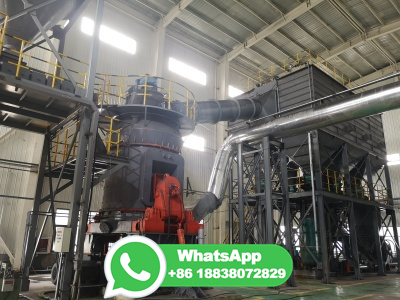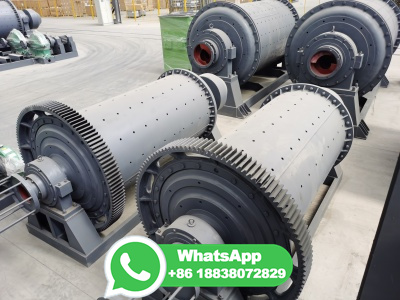How is coal processed? | Socratic
Coal for export as either coking coal for metallurgical steel making or high value coal for thermal applications does undergo cleaning or preparation as its called, to mostly remove rock particles. ... in this process, the rock particles are heavier than the coal so the rock sinks and the coal floats on the surface, The coal is then skimmed ...


























